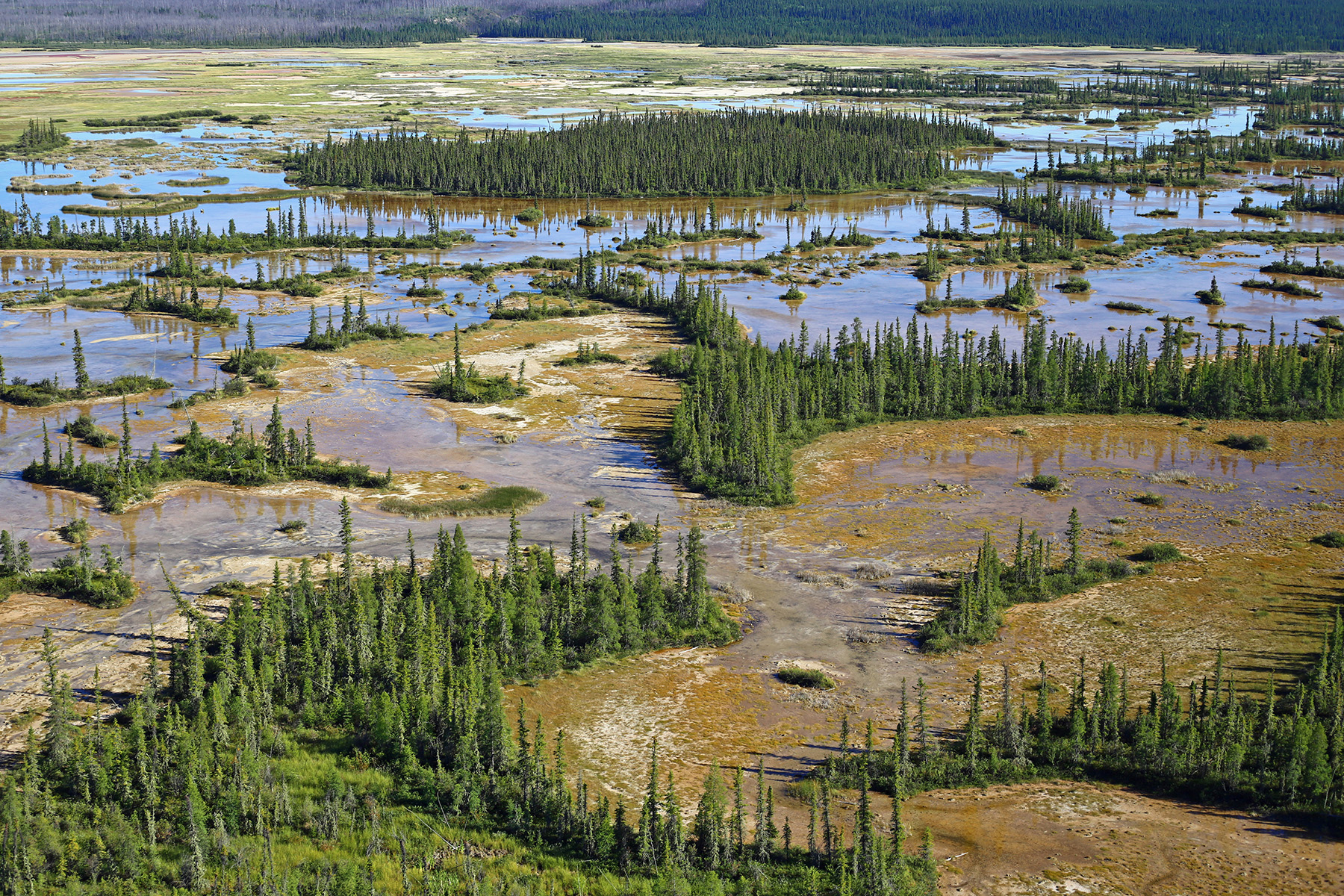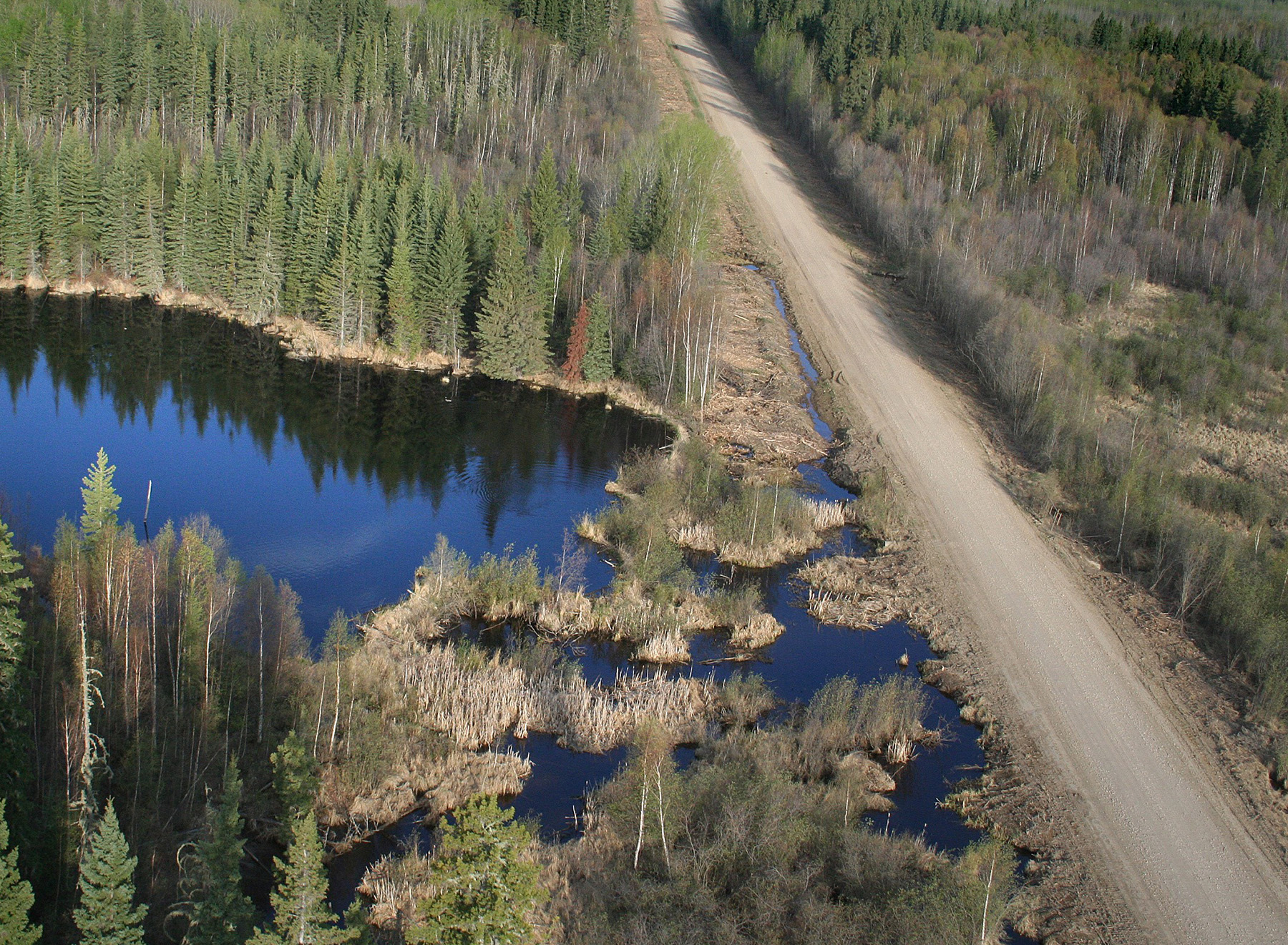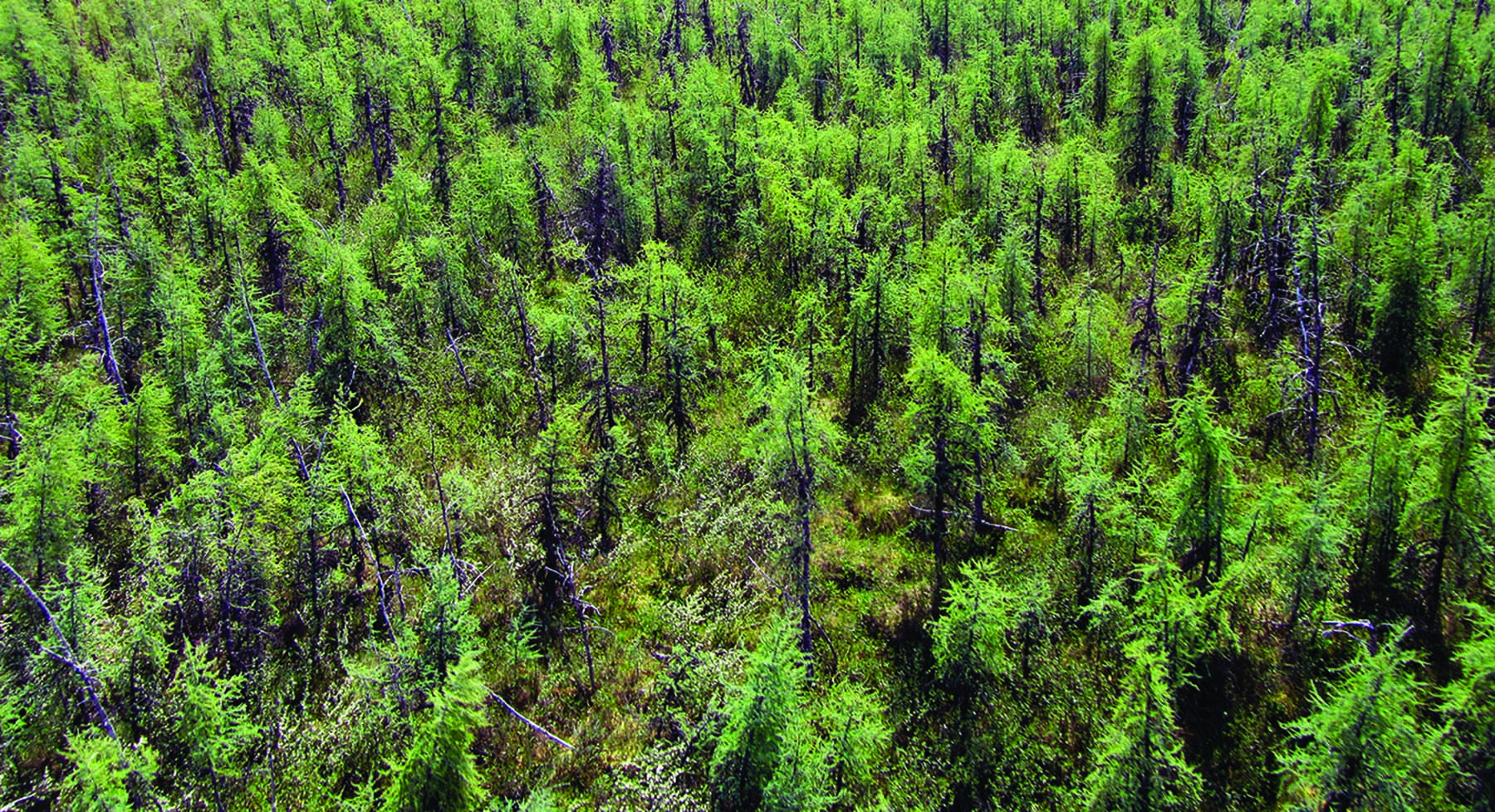Ducks Unlimited Canada
National Boreal Program
10525 170 St NW Suite 300
Edmonton, Alberta, Canada
T5P 4W2

Ducks Unlimited Canada
National Boreal Program
10525 170 St NW Suite 300
Edmonton, Alberta, Canada
T5P 4W2

The FMWSI's Guiding Principles for Wetland Stewardship and Forest Management project was developed to document current knowledge of the relationship between boreal wetlands and forests and to support the integration of wetland stewardship into forest management.

© DUC
Boreal wetlands are diverse, abundant, and often highly interconnected, forming large complexes composed of multiple wetland types. Boreal wetlands make up over 30% of Canada’s boreal forest and provide important ecosystem services including water storage and filtration, carbon storage, and habitat provisioning.
The majority of boreal wetlands are peatlands. These peatlands supply water to upland forests, mineral wetlands, and other water bodies. The water and nutrients that move through these surface and sub-surface connections are important for forest productivity and resiliency.
Wetlands play an important role in landscape and regional hydrologic processes and may help mitigate the effects of climate change and wildfires.
Wetlands are sensitive ecosystems that can be affected by forest industry activities such as resource road construction and forest harvest. Activities may result in wetland loss, fragmentation, hydrologic impairment, introduction of invasive species, or other changes that affect the ecological health of the wetland.

© DUC
Wetland characteristics such as high water tables, weak organic soils, and other hydrological and ecological properties can cause challenges from operational and planning perspectives including:
Wetlands are increasingly recognized in policy, regulation and industry certifications and are valued by Canadians for the numerous ecosystem services they provide.

Treed rich fen. © DUC
This project describes four guiding principles that can be used to better incorporate wetland stewardship into forest management planning:
Working to achieve these principles by applying wetland avoidance and minimization planning considerations will support other related values such as biodiversity, riparian habitats, forest health and productivity, and soil productivity.
The Guiding Principles for Wetland Stewardship and Forest Management were developed to provide guidance on boreal wetland science and stewardship to forest management decision makers. The content of the associated Practitioner Guide is aimed at the highest level of planning, but may also be applicable to other forestry professionals in a range of positions
A third project as part of the FMWSI will launch in spring 2019 and will address planning and operating best management practices for working in and around wetlands.
Under the FMWSI, members developed a short user-friendly Practitioner Guide and full-length Technical Report.
These two products describe:
DUC would like to thank FMWSI partner companies and their representatives for contributing their time, expertise, and resources to the Guiding Principles for Wetland Stewardship and Forest Management project and the FMWSI initiative.
Forestry and Waterfowl: Assessing and Mitigating Risk
Banner photo credit: Millar Western